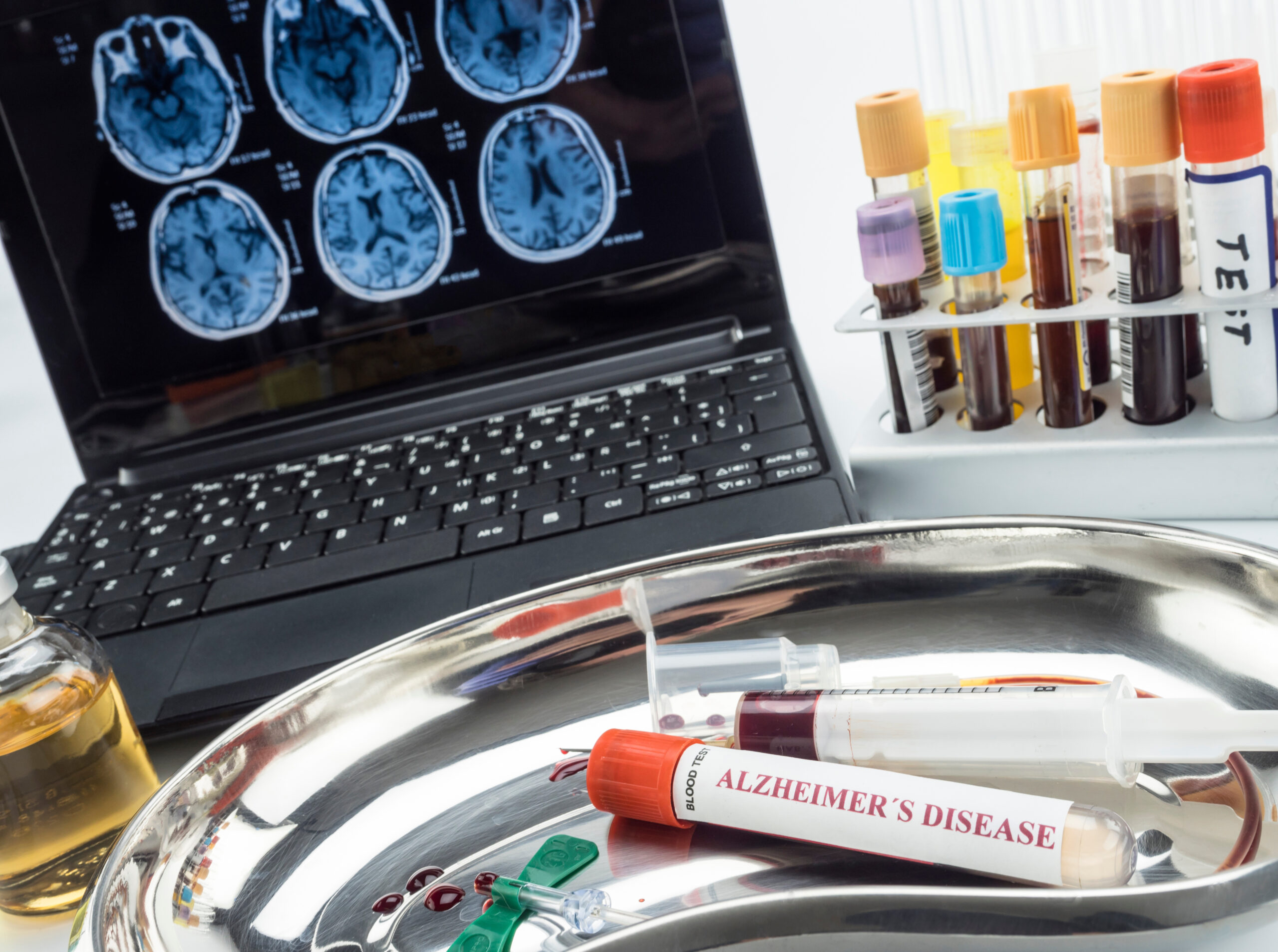Understanding the effects of dementia on mobility and balance
Dementia is often thought of as a condition that mainly affects memory and thinking, but it also has a significant impact on how people move and maintain their balance. Understanding these effects can help caregivers and healthcare providers better support those living with dementia.
One of the earliest signs of dementia can be changes in the way a person walks. People with dementia tend to walk more slowly, take shorter steps, and spend more time with both feet on the ground compared to healthy older adults. Their walking patterns may become uneven or asymmetric, meaning one step might differ noticeably from the other. These changes are not just random; they reflect deeper problems in brain areas responsible for movement control and coordination.
Different types of dementia affect mobility in distinct ways. For example, individuals with Lewy body dementia often show even more irregular walking patterns than those with Alzheimer’s disease. This variation happens because different parts of the brain are damaged depending on the type of dementia, influencing posture and balance differently.
The brainstem plays an important role in maintaining posture and balance by coordinating signals between muscles and sensory systems. When this area is affected by dementia, symptoms like poor coordination, dizziness, muscle weakness, or difficulty walking become common. Damage to other regions such as the frontal cortex—responsible for planning movements—can also increase fall risk due to weakened muscle control or slower reactions.
People living with dementia may develop what some call “dementia posturing.” This includes behaviors like swaying back and forth while standing still, hunching shoulders forward when sitting or standing, or shuffling feet during walking instead of lifting them properly off the ground. These postural changes make it harder for individuals to stay balanced during everyday activities.
Research shows that certain types of dementia cause worse problems than others when it comes to balance control. For instance:
| Type of Dementia | Effect on Posture & Balance |
|———————–|———————————————-|
| Vascular Dementia | Worst postural sway; greater instability |
| Lewy Body Dementia | Moderate sway; irregular gait patterns |
| Alzheimer’s Disease | Less severe but noticeable gait slowing |
Because these mobility issues stem from neurological decline rather than just physical weakness alone, they tend to worsen over time alongside cognitive symptoms.
This decline means people with advanced dementia may eventually lose their ability to walk independently or recognize where they are—a frightening prospect that highlights why early detection matters so much.
Recognizing these movement difficulties early allows families and healthcare teams to implement safety measures such as assistive devices (like walkers), home modifications (to reduce fall hazards), physical therapy focused on strength and balance training tailored for cognitive impairment—and close monitoring during daily activities.
In short: The effects of dementia go beyond memory loss—they deeply affect how someone moves through space every day by altering gait speed, stride length, posture stability, coordination skills—and ultimately independence itself. Understanding this helps us respond compassionately while providing practical support aimed at preserving quality of life as long as possible.





